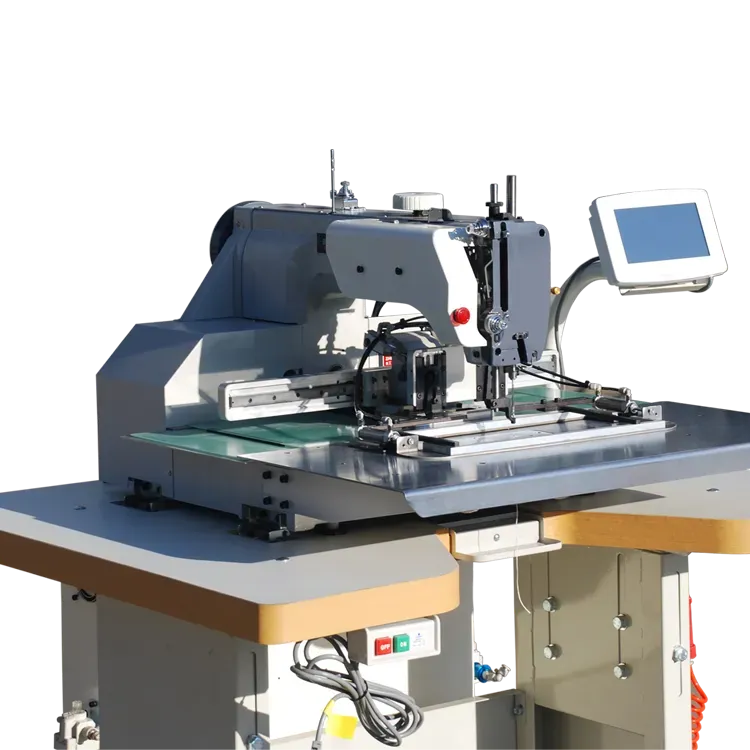Exploring the Unique Techniques and Applications of Ribbon Lock Stitch in Textile Arts
Exploring Ribbon Lock Stitch A Unique Textile Technique
The world of textiles is filled with diverse techniques that bring creativity and functionality together. Among these, the ribbon lock stitch stands out as a unique and versatile method, ideal for both decorative and practical applications. This article delves into the nuances of ribbon lock stitch, exploring its origins, techniques, and modern uses in contemporary crafting.
Origins and Historical Context
The ribbon lock stitch has roots in traditional sewing methods, often used in garment construction and textile arts. Historical sewing practices involved various stitches to create durable and aesthetically pleasing seams. The ribbon lock stitch specifically finds its identity within decorative sewing, where ribbons are often incorporated into the fabric to enhance visual appeal. The technique likely gained popularity with the rise of fashion and home crafting, allowing artisans to add a personal touch to their projects.
Understanding the Technique
At its core, the ribbon lock stitch combines the functionalities of traditional sewing with the ornamental aspect of ribbon work. This technique typically involves the use of a sewing machine or can be executed by hand, depending on the desired finish. The stitch forms loops that securely lock the ribbon in place while providing a flexible seam that can withstand wear and tear.
To execute a ribbon lock stitch, the sewer begins by positioning the ribbon on the fabric, ensuring that it is aligned correctly. The sewing machine is set to a zig-zag or decorative stitch that envelops the ribbon, creating a series of locked loops. The result is a stitch that not only secures the ribbon but also adds texture and dimension to the surface of the fabric.
Applications in Modern Crafting
ribbon lock stitch

The versatility of the ribbon lock stitch makes it a favorite among crafters and fashion designers alike. It can be employed in various applications, from clothing and accessories to home decor and quilting.
1. Fashion Design In the fashion world, the ribbon lock stitch is often used to embellish garments, such as dresses, blouses, and skirts. The technique can create beautiful patterns along hems, sleeves, or even bodices, transforming a simple piece of clothing into a statement outfit.
2. Home Decor Crafters use ribbon lock stitches to create vibrant cushion covers, table runners, and curtains. The addition of ribbons in these items not only enhances their decorative value but also provides a practical function by reinforcing edges and seams.
3. Quilting In quilting projects, the ribbon lock stitch can be applied to binding or as part of larger quilt patterns. This stitch adds a unique texture that distinguishes the quilt, making it a cherished item for years to come.
4. Scrapbooking and Card Making Beyond sewing, the ribbon lock stitch technique finds its place in scrapbooking and card making, where ribbons can be stitched onto pages or cards, lending an extra layer of creativity to personalized projects.
Conclusion
The ribbon lock stitch is more than just a sewing technique; it encapsulates the spirit of creativity and innovation in textile arts. Its ability to marry functionality with beauty makes it a valuable tool for anyone looking to enhance their crafting skills. Whether you are a seasoned seamstress or a beginner exploring the world of textiles, incorporating the ribbon lock stitch into your projects will surely elevate your creations. As we continue to explore the endless possibilities of textile arts, the ribbon lock stitch remains a timeless technique that adds charm and character to a myriad of fabric-based works.
-
Heavy Duty Leather Sewing Machine: A Must-Have for Professional LeatherworkNewsMay.28,2025
-
Leather Sewing Machine: Essential for High-Quality LeathercraftNewsMay.28,2025
-
Extra Heavy Duty Sewing Machine for Premium Leather ApplicationsNewsMay.28,2025
-
Walking Foot Cylinder Arm Sewing Machine: Precision and Power CombinedNewsMay.28,2025
-
Industrial Cylinder Arm Sewing Machine: Engineered for High-Performance StitchingNewsMay.28,2025
-
Cylinder Bed Sewing Machine: A Powerful Solution for Precision StitchingNewsMay.28,2025
-
Zigzag Sewing MachineNewsMay.12,2025





























